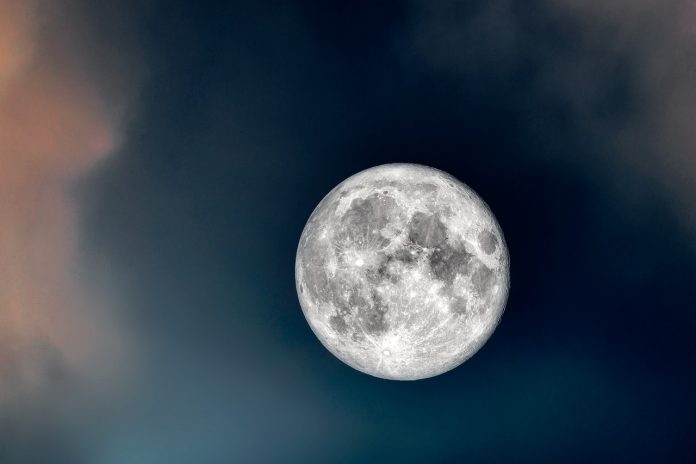India is hoping to become the first nation to land near the Moon’s south pole, reports the BBC’s Geeta Pandey.
This mission intends to hunt for water-based ice, which could support human habitation on the Moon in future.The south pole of the Moon holds special promise in the search for water ice. The surface area that remains in permanent shadow there is huge, and scientists say it means there is a possibility of water in these areas.
If Chandrayaan-3 is successful, India will be only the fourth country to have achieved a soft landing on the Moon. The US, the former Soviet Union and China have all achieved a soft landing near the Moon’s equator – but none have led successful missions to its south pole.
It is called Chandrayaan-3 because it represents India’s third mission, to the moon, after Chandrayaan-2 mission crashed into the lunar surface in 2019. Chandrayaan-1, the country’s first Moon mission in 2008, discovered the presence of water molecules on the parched lunar surface and established that the Moon has an atmosphere during daytime.
Chandrayaan-3 mission nd its spacecraft with an orbiter, lander and a rover lifted off on 14 July from the Sriharikota space centre in south India. Touchdown on the moon will be attempted today, August 23rd. A day on the Moon equals to 28 days on Earth.
Scientists say the following few minutes will be the most crucial as the lander attempts to make touchdown on an area that is „very uneven, full of craters and boulders”, with some predicting it will be „15 minutes of terror”. If the area is unsuitable, the lander will find a more suitable landing spot. If all fails, the emergency mode will kick in which will help with a safe landing.
Once it lands and the dust settles, the six-wheeled rover will crawl out of its belly and roam around the rocks and craters on the Moon’s surface, gathering crucial data and images to be sent to the lander, which will pass it on to the orbiter to send to Earth.
The rover’s wheels have the Isro’s logo and emblem embossed on them so that they leave imprints on the lunar soil during the Moon walk. Isro has announced plans for a live telecast of the landing and millions of people, including schoolchildren, are expected to tune in.
The lander and the rover are carrying five scientific instruments which will help discover „the physical characteristics of the surface of the Moon, the atmosphere close to the surface and the tectonic activity to study what goes on below the surface”.
















